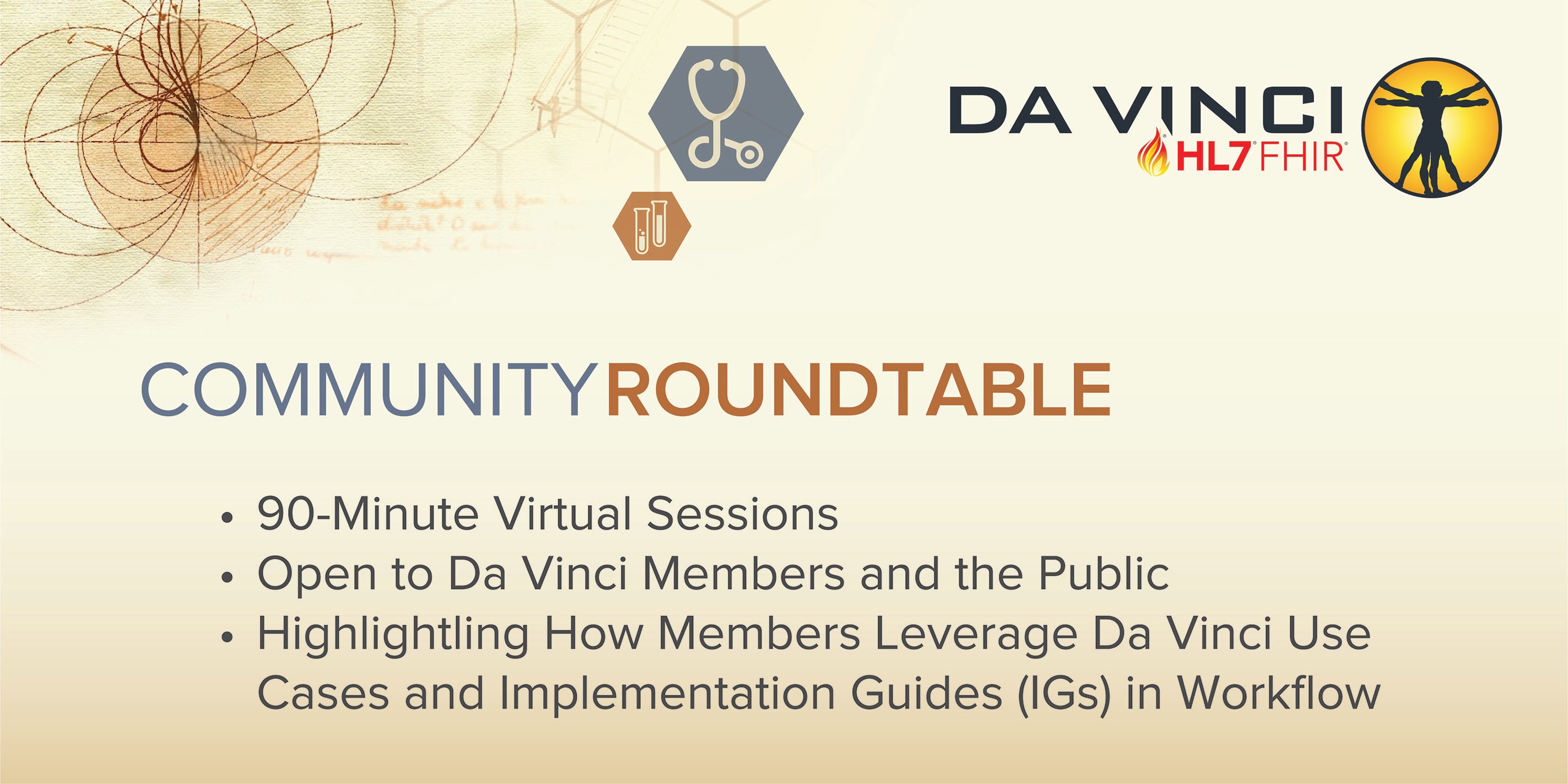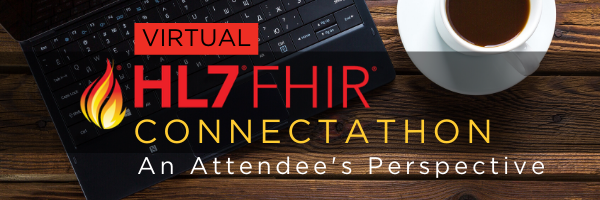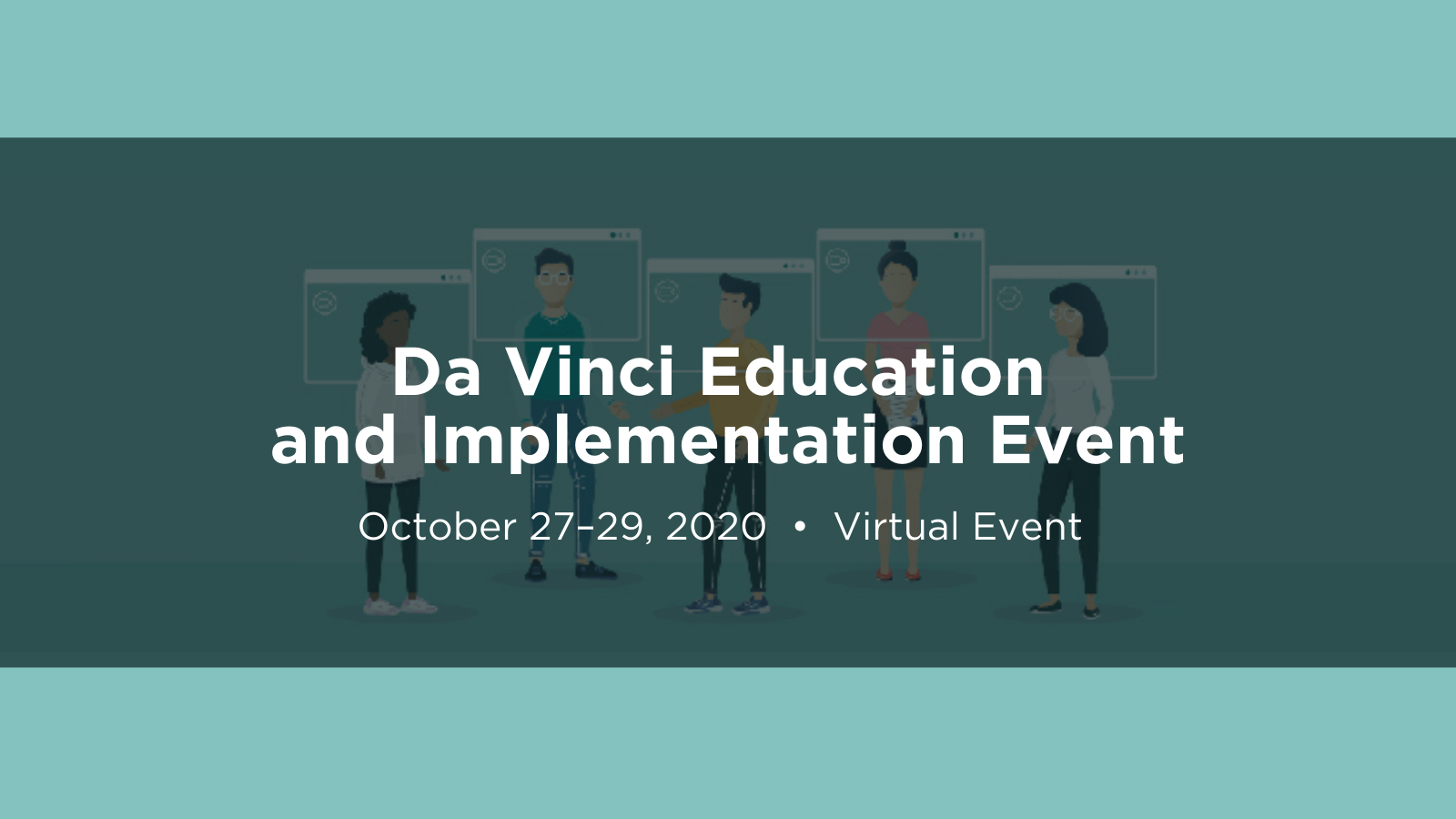Join the Webinar Highlighting MCG Health’s Prior Authorization Journey and Da Vinci’s Two New Use Cases for 2021 on Wednesday, February 24 from 4:00 - 5:30 pm ET.
Healthcare organizations increasing their exposure to value-based care find many tasks complicating the transition, and reducing the burden of those changes is key to thriving under new reimbursement schemes.
New payment approaches incentivize both payers and providers to become more efficient, and that means reducing the number of manual interventions in exchanging data. In addition, value-based care is uncovering new reasons to make information more easily available, to bring new efficiencies to the system.
Examples of these capabilities will be featured in the HL7 Da Vinci Project’s Community Roundtable on February 24. The title for the event is "What it Takes: Learn about MCG Health’s Journey to Help Reduce Prior Auth Burdens and Discover New Da Vinci Use Cases."
The upcoming roundtable will offer an inside understanding of the 18-month effort at MCG Health to advance the use of the HL7 Fast Healthcare Interoperability Resource (FHIR®) standard in solutions that support burden reduction in facilitating the prior authorization process.





